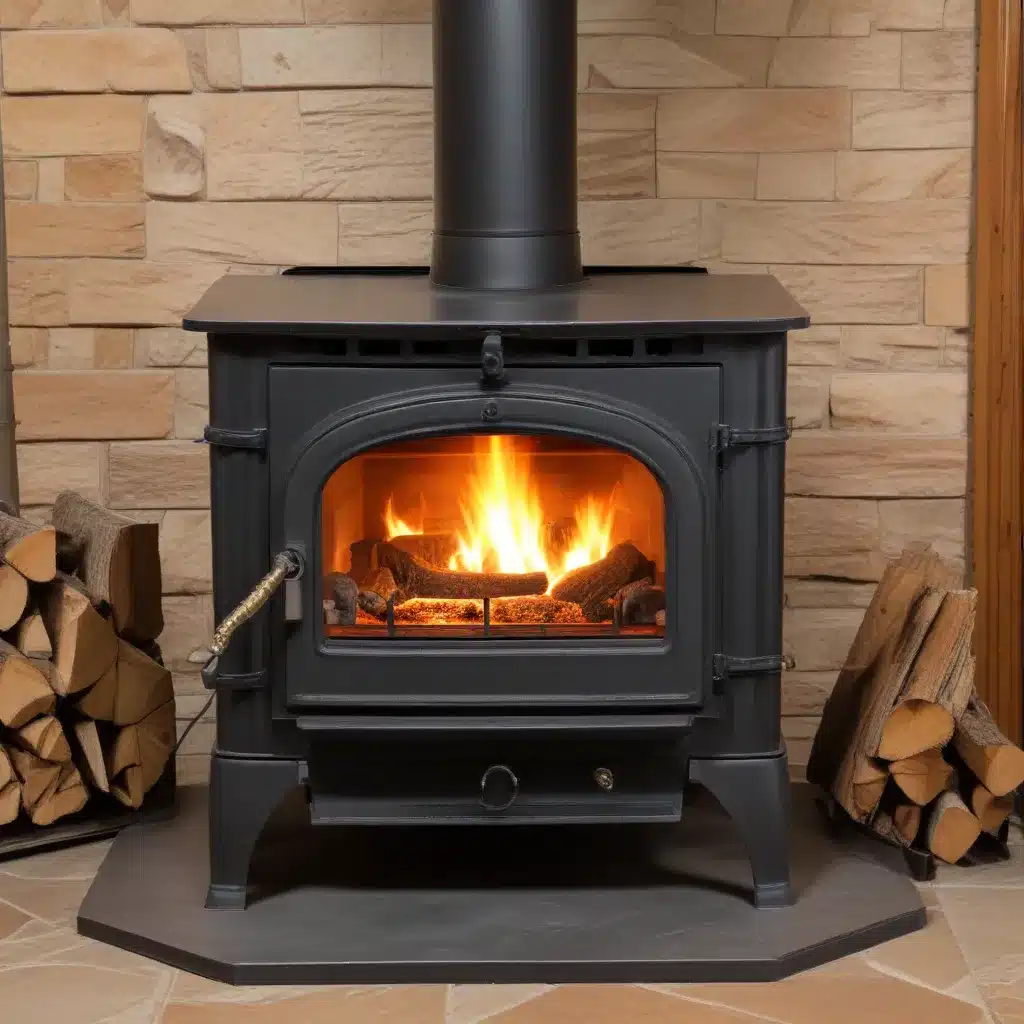
As a seasoned expert in wood stoves and heating solutions, I’m excited to share practical insights on maximizing the performance and efficiency of your wood stove through proper combustion air control adjustments. Whether you’re a new wood stove owner or a seasoned pro, understanding the intricacies of air intake management can unlock significant improvements in heat output, fuel consumption, and overall heating system operation.
The Importance of Combustion Air Control
At the heart of an efficient and well-performing wood stove lies the ability to precisely control the flow of combustion air. This air, drawn from the surrounding environment, plays a crucial role in fueling the burning process, regulating the intensity of the fire, and ensuring complete and efficient combustion of the wood.
By mastering the art of combustion air control, you can achieve several key benefits:
-
Increased Heat Output: Optimizing the air supply allows the fire to burn more cleanly and completely, extracting the maximum amount of heat energy from the wood fuel.
-
Improved Fuel Efficiency: A well-tuned air intake system can significantly reduce wood consumption by ensuring the fire burns as efficiently as possible.
-
Reduced Emissions: Proper air control minimizes the production of harmful particulate matter and other pollutants, making your wood stove a more environmentally responsible heating solution.
-
Enhanced Safety: Maintaining the correct air-to-fuel ratio helps prevent the buildup of creosote, a leading cause of chimney fires, ensuring the safe operation of your wood stove.
Understanding Air Flow and Damper Adjustments
The primary mechanism for controlling combustion air in a wood stove is the air damper, often located at the base of the firebox or in the air intake duct. This damper acts as a valve, allowing you to precisely regulate the amount of air flowing into the burning chamber.
When the damper is open, it increases the air supply, resulting in a hotter, more intense fire. Conversely, closing the damper restricts the air flow, slowing the combustion process and producing a gentler, more controlled burn.
Finding the optimal air damper setting is a balance between several factors, including:
- Heat Output Needs: Adjust the damper to match your desired heat output, whether you’re looking for a roaring fire to quickly warm a space or a more gentle, sustained heat.
- Fuel Type and Moisture Content: Different wood species and moisture levels require varying air intake adjustments for efficient burning.
- Stove Design and Efficiency: The specific make and model of your wood stove may have unique air control requirements for optimal performance.
Mastering the Art of Air Control Adjustments
To help you get the most out of your wood stove, let’s dive into the step-by-step process of adjusting the combustion air controls:
1. Understand Your Stove’s Air Intake System
Familiarize yourself with the location and functionality of your wood stove’s air damper or intake. Consult your owner’s manual or the manufacturer’s website for specific guidance on the air control mechanisms.
2. Start with a Fully Open Damper
Begin by opening the air damper all the way, allowing maximum air flow into the firebox. This will help the fire ignite quickly and establish a strong, initial burn.
3. Observe the Burn Characteristics
As the fire starts to take hold, observe the flame patterns, heat output, and smoke production. Look for signs of an efficient, clean-burning fire, such as:
- Bright, lively flames with a consistent, even glow
- Minimal smoke or visible particulate matter
- Steady, consistent heat output
4. Gradually Adjust the Damper
Once the fire is well-established, start gradually closing the air damper, reducing the air flow in small increments. Monitor the changes in the fire’s behavior and adjust the damper accordingly.
The goal is to find the sweet spot where the fire burns cleanly and efficiently, with the desired heat output, while minimizing smoke and excess fuel consumption.
5. Fine-tune the Settings
As you become more familiar with your wood stove’s unique characteristics, continue to fine-tune the air damper settings to achieve the optimal balance of heat, efficiency, and emissions. Keep in mind that adjustments may be necessary based on changes in fuel type, moisture content, or environmental conditions.
6. Maintain and Monitor
Regularly inspect and clean your wood stove’s air intake system to ensure proper airflow and prevent any blockages or obstructions. Monitoring the fire’s behavior and making adjustments as needed will help you maintain peak performance throughout the heating season.
Enhancing Efficiency with Zensoric Technology
For those seeking even greater control and optimization of their wood stove’s performance, the introduction of advanced technologies, such as Jotul’s Zensoric system, can provide a game-changing solution.
Zensoric technology incorporates intelligent air intake regulation, automatically adjusting the combustion air flow to maintain consistent, efficient burning. By continuously monitoring the fire and making real-time adjustments, Zensoric-equipped wood stoves can deliver exceptional heat output, fuel efficiency, and reduced emissions, with minimal user intervention.
Conclusion
Mastering the art of combustion air control is a key step in unlocking the full potential of your wood stove. By understanding the principles of air flow management and implementing strategic damper adjustments, you can achieve remarkable improvements in heat output, fuel efficiency, and environmental impact.
Whether you’re a new wood stove owner or a seasoned pro, the insights and techniques shared in this article will empower you to take your heating system’s performance to new heights. For more information and resources on optimizing your wood stove, be sure to visit WoodStoveHeaters.com.


